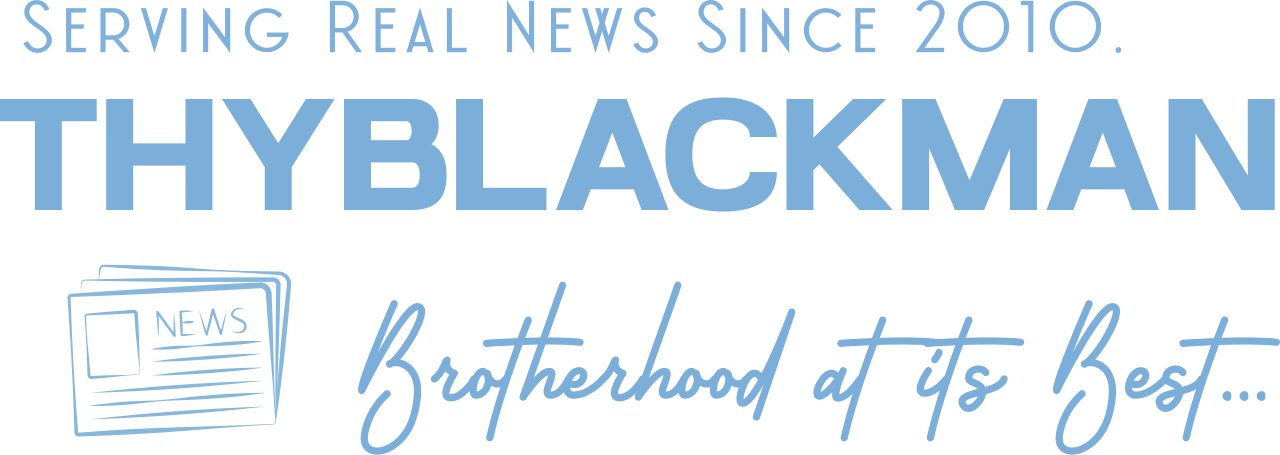(ThyBlackMan.com)
Key Takeaways
- Understanding each phase of the workplace injury claim process helps workers and employers navigate the aftermath more confidently, increasing the likelihood of a positive resolution.
- Timely reporting, open documentation, and ongoing communication are essential for preventing claim denials, misunderstandings, or extended investigations.
- Commitment from all parties—employees, employers, and insurance providers—fosters a safer, more accountable workplace environment.
- Access to external resources, regulatory guidance, and support programs empowers all parties involved and contributes to improved outcomes.
Workplace Injury Claims Process Overview
Navigating workplace injury claims can be daunting, especially considering that millions of Americans sustain injuries or illnesses related to work every year. When someone is hurt at work, both immediate health and future livelihood are at stake. That’s why an organized process for reporting and handling workplace injuries is so important for both individuals and organizations. From the moment an injury occurs, clear steps are in place, including reporting, medical evaluation, paperwork, claim review, and, if necessary, dispute resolution. Companies that support this structure make their employees feel valued and protected, which can lead to stronger morale and smoother operations. Having access to affordable workers comp insurance can make a significant difference. It ensures that both employees and employers have financial protection and professional guidance so claims are resolved efficiently and fairly, minimizing disruption and uncertainty.
The claims process may vary depending on the state or industry in which you are involved. Still, generally, every workplace follows these basic phases: the initial reporting of the injury, completion and submission of the claim form, medical examination and treatment, review by the insurance provider or third-party administrator, and communication of the approval or denial decision. If the claim is challenged, there may be opportunities for an internal review, mediation, or formal appeal. Transparent policies and easily accessible procedural documents, often available via employer handbooks or internal portals, are invaluable for making each stage of the process clear and approachable for everyone involved.

Employee Rights and Responsibilities
Employees have a fundamental right to a safe workplace, but they also have rights in the workers’ compensation claims process. These include the right to emergency medical care, the right to file a claim without retaliation, and the right to communicate with their employer and insurance provider. Laws protect workers from discrimination or job loss due to filing a claim. Employees must report injuries or illnesses promptly, ideally within 24 hours, to avoid questions about the authenticity or cause of the injury or disease. Detailed documentation, including accurate notes on the event, witnesses, timing, and specific events, reinforces credibility and makes the claim more straightforward. Following prescribed medical guidance and complying with requests from the employer or insurance adjuster further smooths the process.
Employer Obligations During Claims
Employers play a crucial role in handling injury claims, ensuring a safe working environment, and providing injured workers with access to claim forms and instructions. They must also accommodate medical treatment or transportation needs, especially in urgent cases. Employers must communicate honestly with insurance providers and follow state-mandated notification timelines. Many organizations use third-party administrators or dedicated carriers for unbiased claim review and management. Management and supervisors should approach claims with empathy and respect, never retaliating or discouraging legitimate reporting. Consistent internal training can reinforce these expectations and reduce the risk of oversight or legal complications.
How to Report a Workplace Injury
The quality of an injury report often influences the claims process. It is crucial to prioritize safety and seek immediate medical attention after an injury; call 911 or use first aid as needed. Underreporting can compromise a worker’s access to compensation and leave the underlying injury unaddressed. Therefore, it is essential to notify a supervisor or an authorized human resources contact. A thorough, written report should include the date, time, location, and details of the accident, along with the names of witnesses. Maintaining a personal record of correspondence and medical treatments is also essential. OSHA guidelines emphasize the importance of reporting injuries without intimidation and retaining copies at every stage of the process.
Typical Timeline for Workers’ Compensation Claims
The workers’ compensation is designed to ensure fairness and prompt care. Employers have a limited timeframe after an incident to notify their insurer and submit reports. Insurers typically respond within two weeks, and workers may receive temporary disability payments or medical bills. Complex claims may require additional investigation and medical review. Most claims resolve within two to three months, but those requiring mediation, hearings, or formal appeals can last up to a year. Adhering to state-specific guidelines is crucial for timely resolution, as missed deadlines can complicate cases.
Avoiding Common Claim Pitfalls
Workplace injury claim processes can be slowed down by mistakes or oversights, such as delayed reporting of workers’ compensation paperwork, skipped medical appointments, or failure to follow up on requested information. To avoid complications, injured workers should provide honest information, refrain from minimizing symptoms, and provide clear and accurate instructions. Employers should provide clear communication and straightforward instructions. Workers who keep a personal record of every step and interaction, such as report submissions, medical evaluations, emails, and letters, are less likely to encounter delays or denials. Being proactive in communication ensures smoother progress, even in the face of unexpected questions or disputes.
Resources and Support for Workers
Workers need support during the injury claim process from various resources, including state ombudsman offices, advocacy agencies, union representatives, and legal aid services. These organizations provide guidance on employee rights, the claims process, and assistance with appeals in the event of any issues that may arise. Local labor departments also offer educational materials and support for conflict resolution. Utilizing these resources early helps injured workers avoid procedural errors and strengthens their ability to navigate their claims effectively.
Current Trends in Workplace Safety and Claims
Employers are evolving their safety approaches to address a changing workforce and technological advancements. They are utilizing tools such as wearable safety technology and enhancing ergonomics to proactively prevent injuries, which contributes to a decline in workplace injury rates. With the rise of remote and hybrid work, best practices in claims management are also changing, incorporating digital reporting and telemedicine to streamline processes. Ongoing training and clear communication are essential for preventing and responding to injuries, ultimately promoting a safer work environment and reducing costs.
Staff Writer; Jay T. Shaw

















Leave a Reply